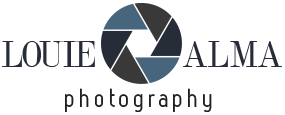WTTC’s Global Summit to Host Top Italian Travel & Tourism Leaders
The World Travel & Tourism Council’s (WTTC) upcoming 25th Global Summit – the world’s most influential global tourism event – will feature some of Italy’s most prominent Travel & Tourism leaders, including the global body’s Chair-Elect, Manfredi Lefebvre, one of the most recognised names in the industry.





